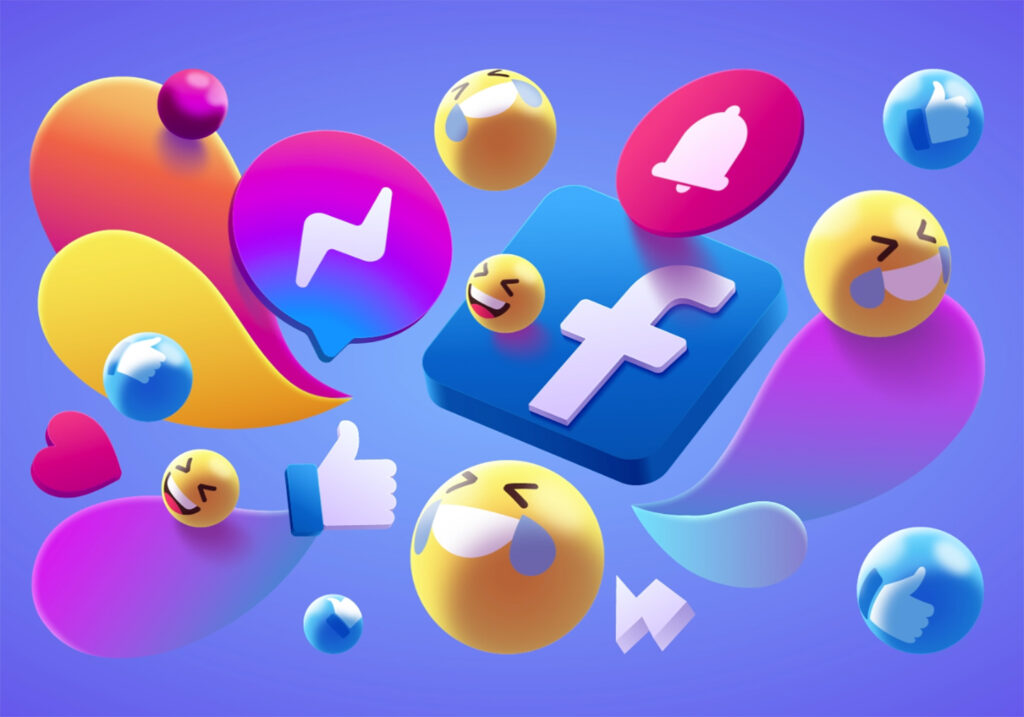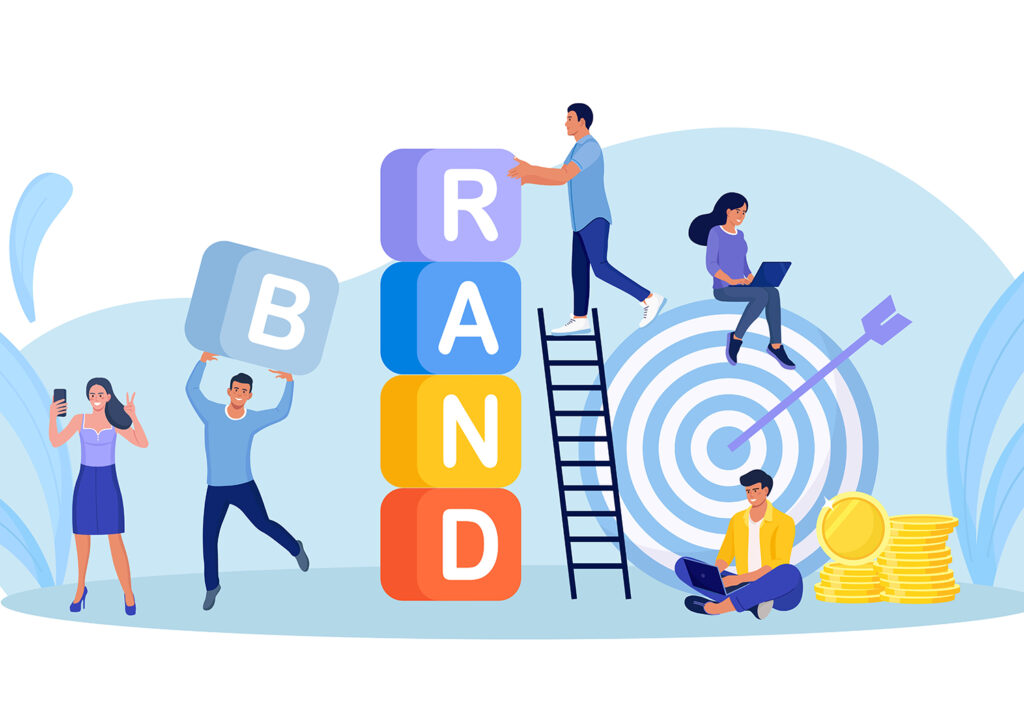Artificial intelligence is no longer limited to tech giants and research labs. It is steadily becoming a cornerstone in industries ranging from healthcare to fashion. Companies are shifting significant portions of their budgets toward AI applications that help improve efficiency, personalization, and decision-making. As the technology matures, it is becoming more accessible and more critical to a wide range of business strategies.
Retail and beauty brands are investing heavily in AI to anticipate customer needs and refine product recommendations. Tools powered by AI now assist with virtual try-ons, skin diagnostics, and inventory forecasting. In healthcare, AI is improving diagnostics, predicting patient outcomes, and streamlining administrative tasks. Meanwhile, the financial sector is using AI to detect fraud and manage large-scale risk assessments. A growing number of companies are also committing resources to generative AI training to develop internal tools and content engines that reduce reliance on external vendors.
As AI continues to evolve, industries are making long-term bets on how it can reshape their operations and customer experiences. Even businesses outside the tech sector are building dedicated AI teams or forming partnerships with AI service providers. The shift reflects a broader recognition that AI is not a futuristic concept but an immediate tool for gaining a competitive edge. For more information, look over the accompanying resource below.






























